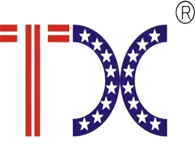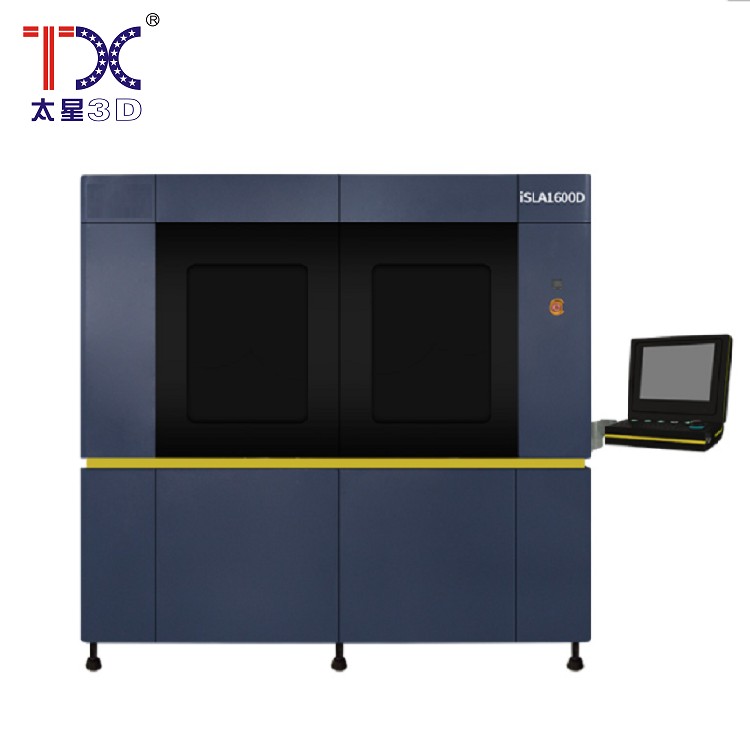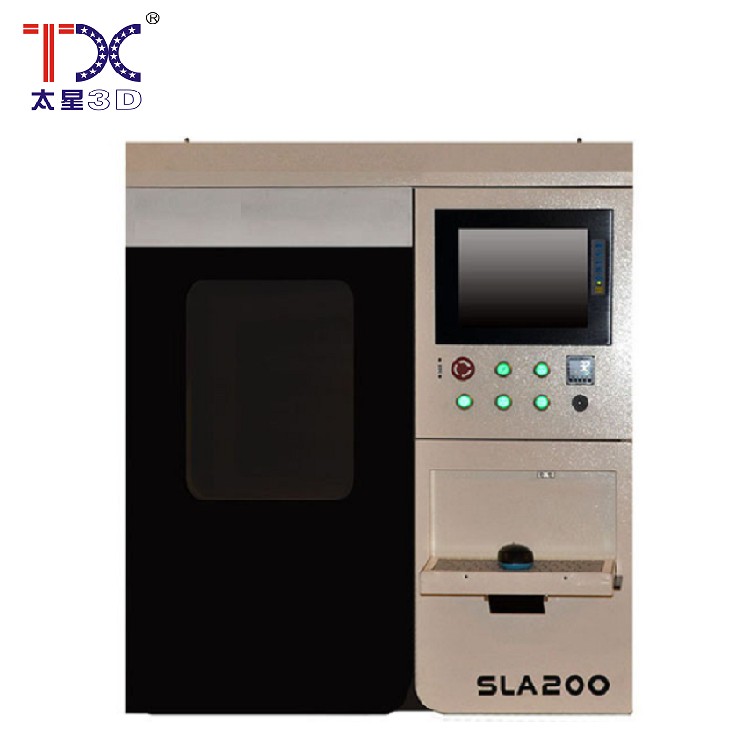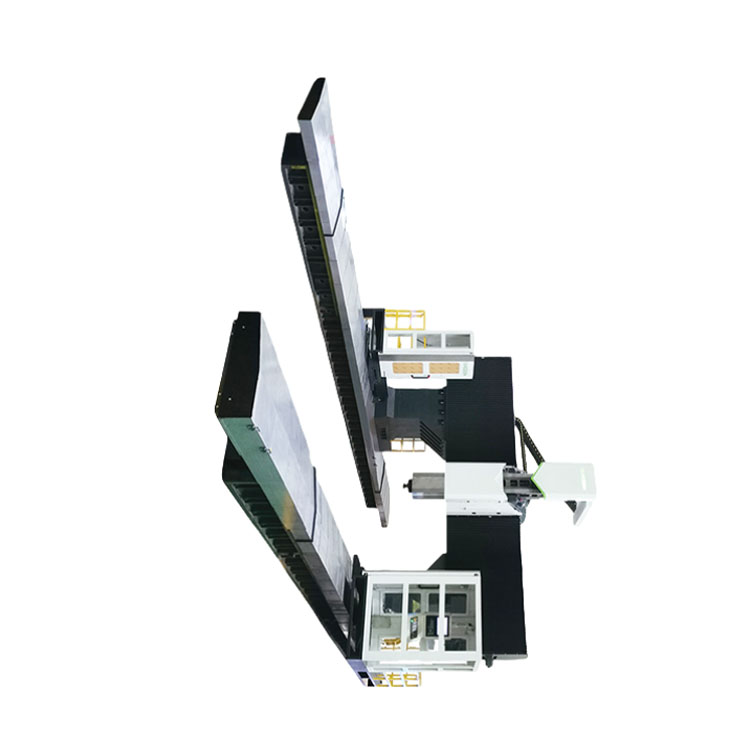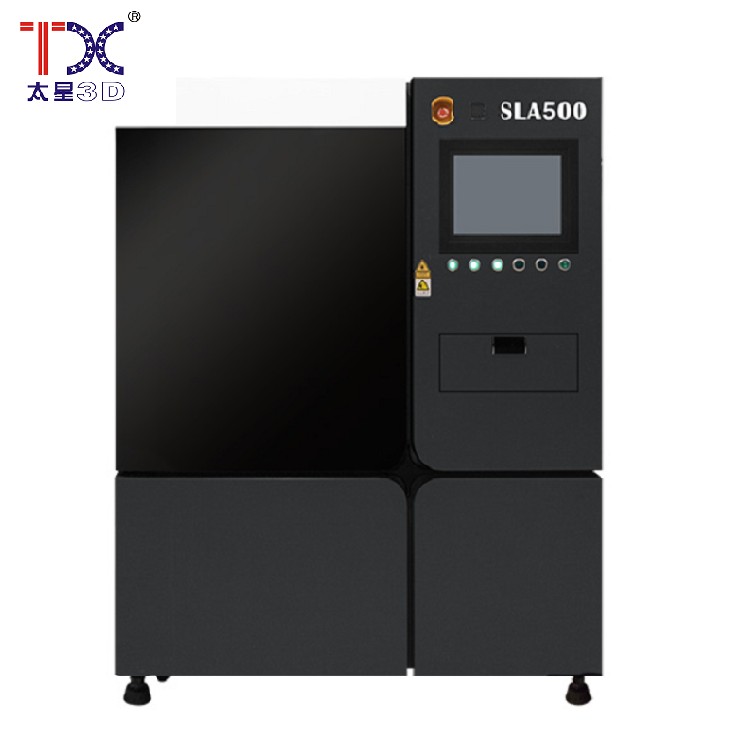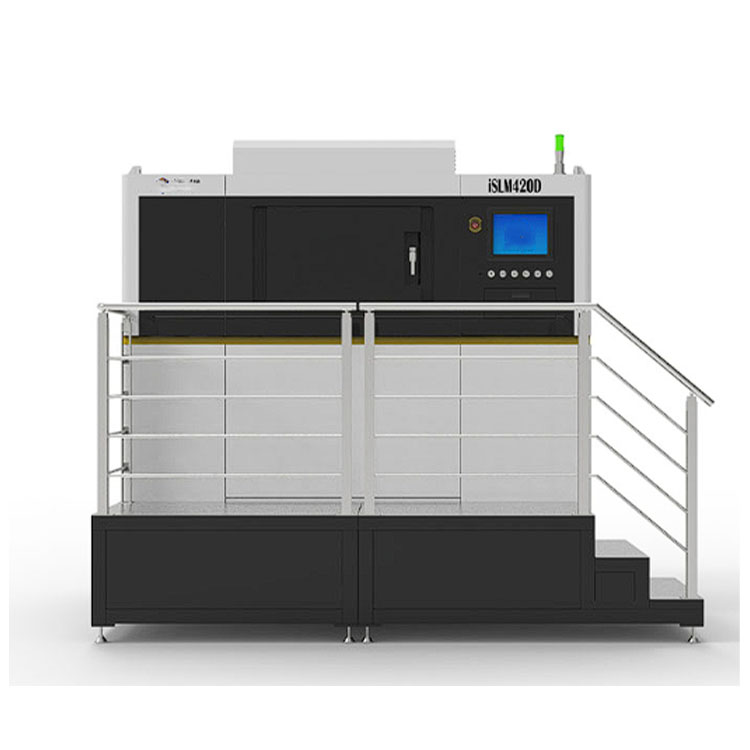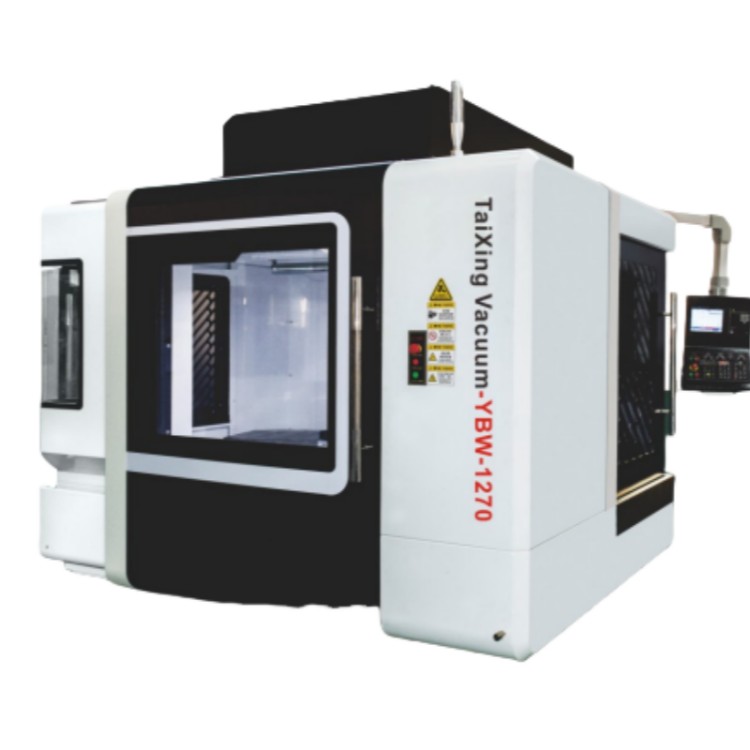
CNC 4 axis
CNC 4 axis
Modern technologies penetrate into all spheres of our lives, and mechanical engineering is no exception. CNC with CNC 4 axis is a powerful tool that allows you to create complex parts with high accuracy and speed. Let's figure out what it is and how it works.
What is a CNC machine with 4 axes?
The CNC machine is based on the principle of computer management. In fact, this is a regular machine, but instead of manual management of the operator, the computer is responsible for everything. CNC is deciphered as a numerical software control. The key difference of 4 axes and other machines is the possibility of moving the processed material in four independent directions. Three axes (X, Y, Z) provide movement in space, and the fourth axis (usually A or B) is responsible for the turn around the details around its axis. This allows you to create complex forms and reliefs that cannot be obtained on machines with fewer axles. Imagine an accurate cutting of an intricate pattern on the details or the creation of complex figures.
How does it work?
The operator creates a program that indicates all the necessary movements of the tool and processing parameters. The computer, having received these data, controls the movement of the machine using electric motor and mechanisms. The machine definitely follows these instructions, ensuring the accuracy and reproduction of the operation. It is important that the operator does not interact directly with the tool during operation, which ensures safety and comfort. Everything happens according to a given algorithm.
Advantages and scope of application
Due to its versatility and accuracy, CNC machines 4 axes are widely used in various industries. From the production of complex details for aircraft manufacturing to the creation of unique art products. They are indispensable in the production of complex parts with curved surfaces, where high accuracy and reproduction is required. Thanks to automation, the speed of production increases significantly, and the quality of the parts increases. This all saves time and resources, optimizing the production process.
AppropriateProducts
Corresponding products
The best soldproducts
The best -selling products-
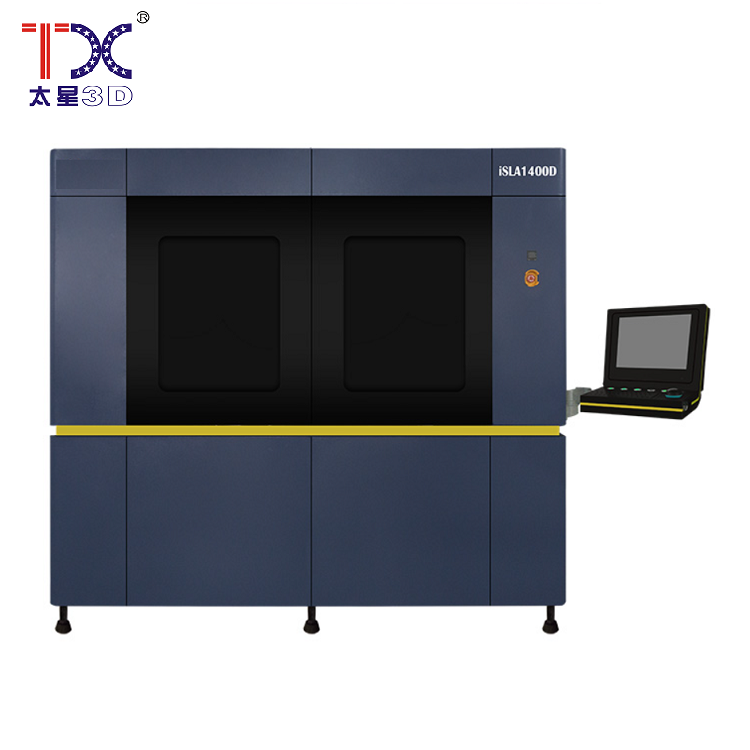 Taisin Light-adopted 3D printer SLA1300D
Taisin Light-adopted 3D printer SLA1300D -
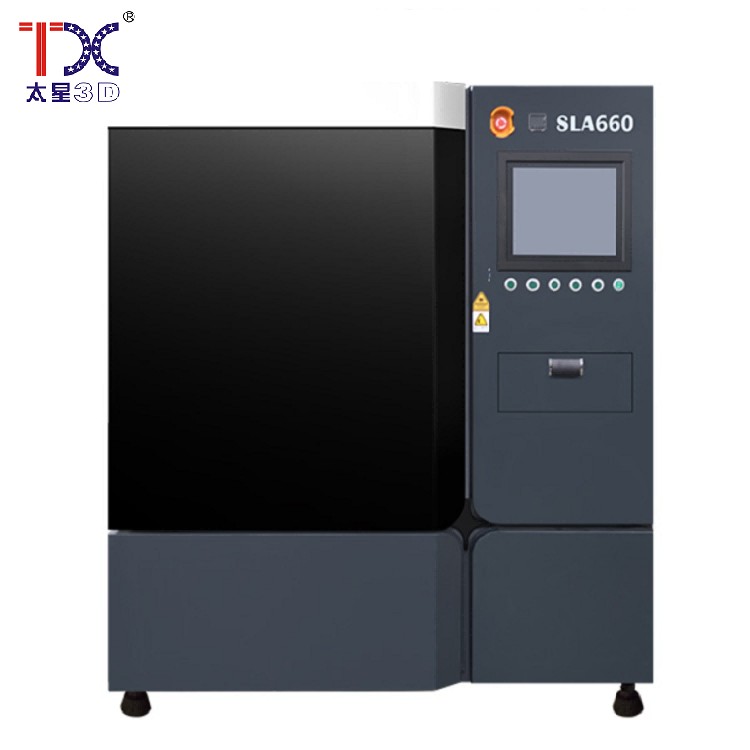 Taisin Light-adopted 3D printer SLA660
Taisin Light-adopted 3D printer SLA660 -
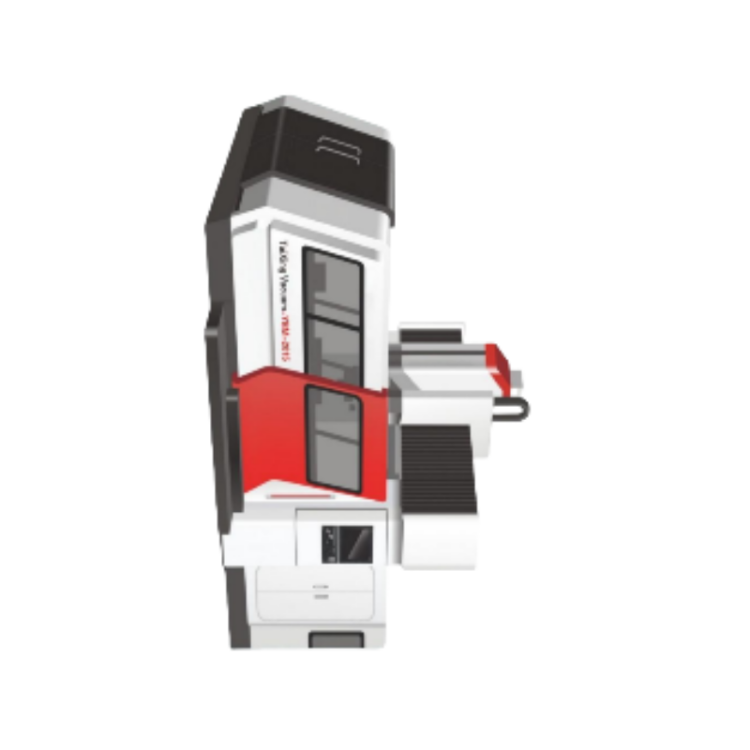 Taisin portal processing center YBM-2015
Taisin portal processing center YBM-2015 -
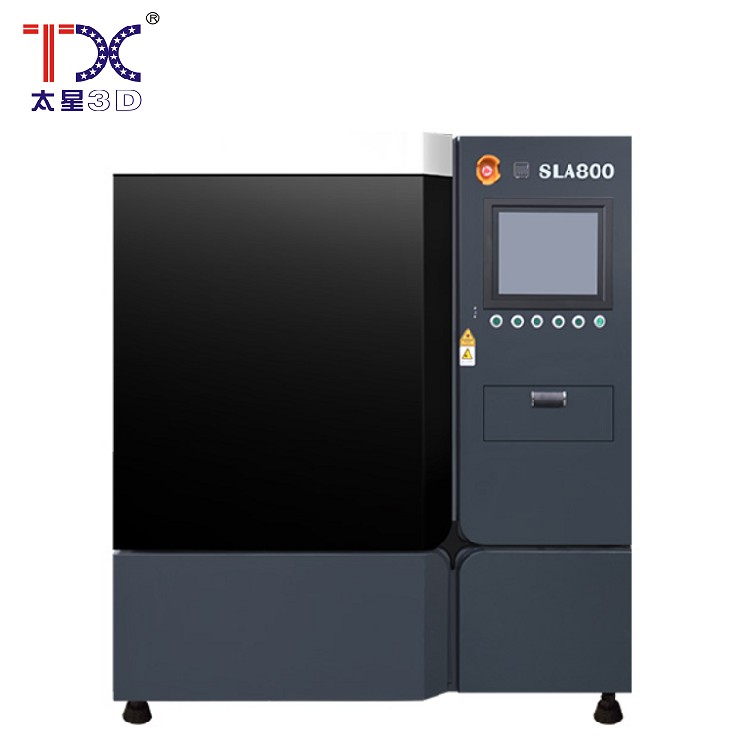 Taisin Light-adoptive 3D printer SLA800
Taisin Light-adoptive 3D printer SLA800 -
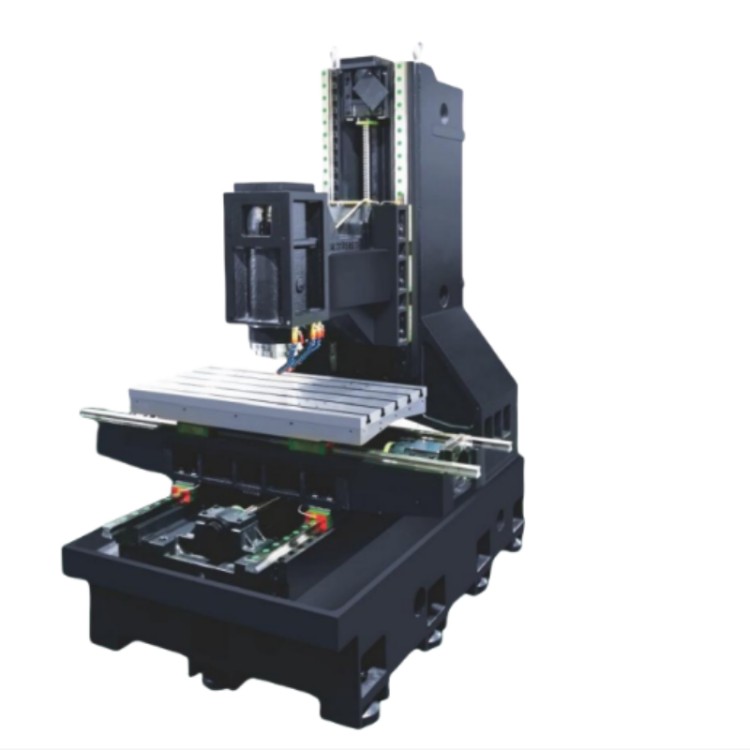 Taisin three-wire rail molding machine of high stiffness TX-6027
Taisin three-wire rail molding machine of high stiffness TX-6027 -
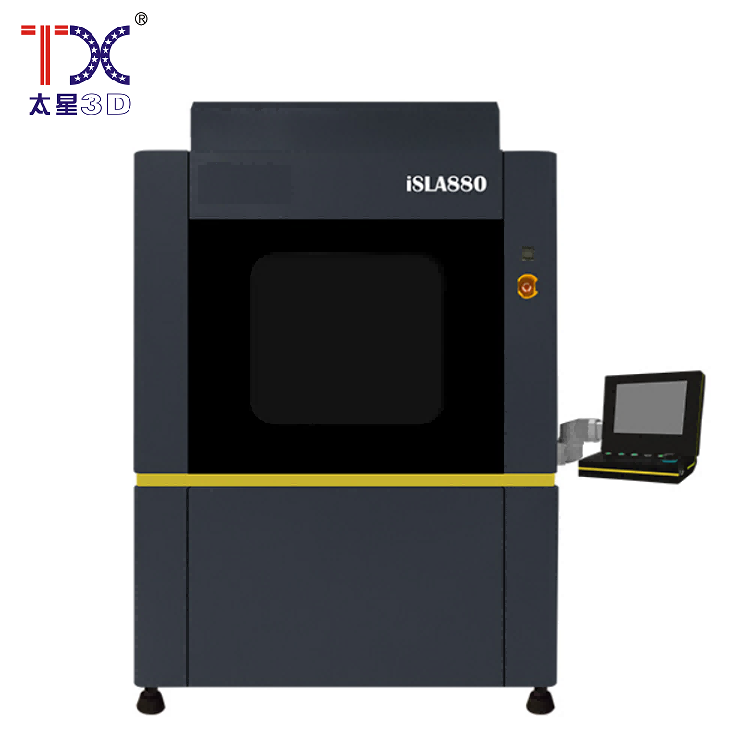 Taisin Light-adoptive 3D printer SLA880
Taisin Light-adoptive 3D printer SLA880 -
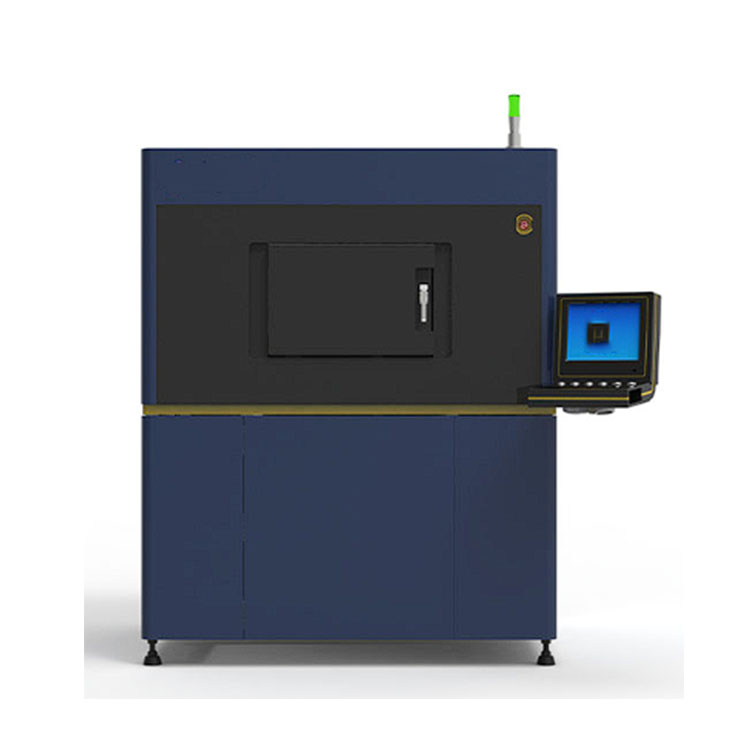 Taisin Metal 3D printer SLM280
Taisin Metal 3D printer SLM280 -
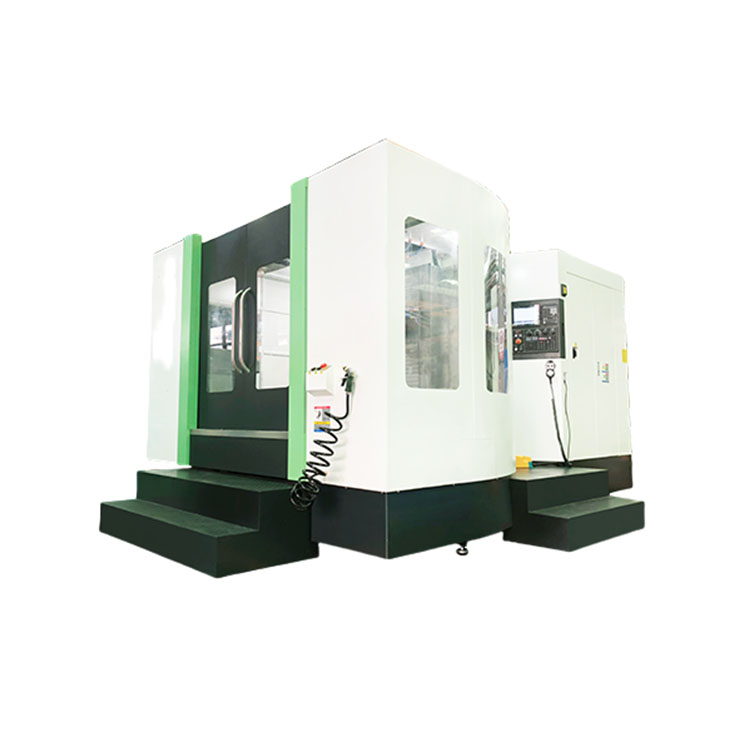 Taisin horizontal processing center with CNC High accuracy HMC TXHD-630
Taisin horizontal processing center with CNC High accuracy HMC TXHD-630 -
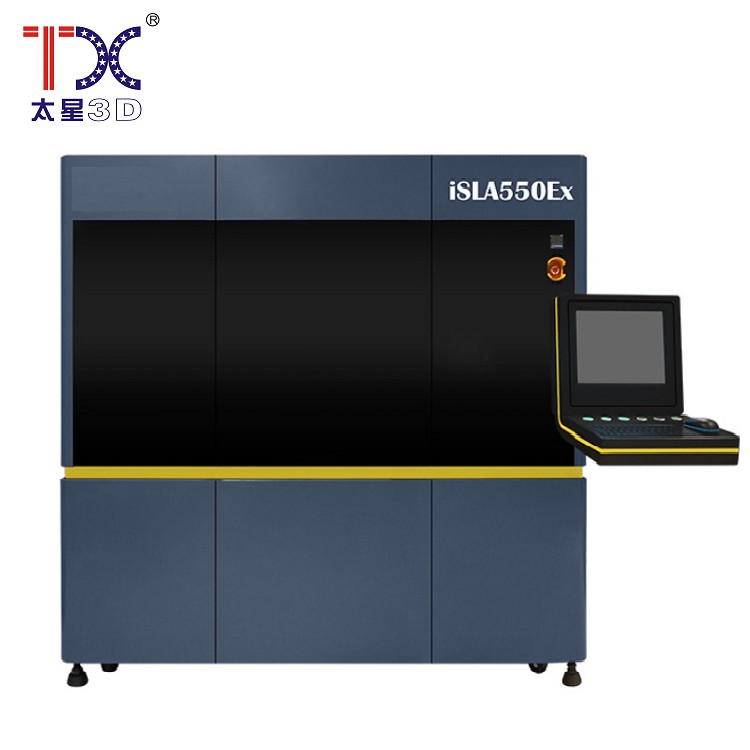 Taisin Light-adoptive 3D printer SLA550EX
Taisin Light-adoptive 3D printer SLA550EX -
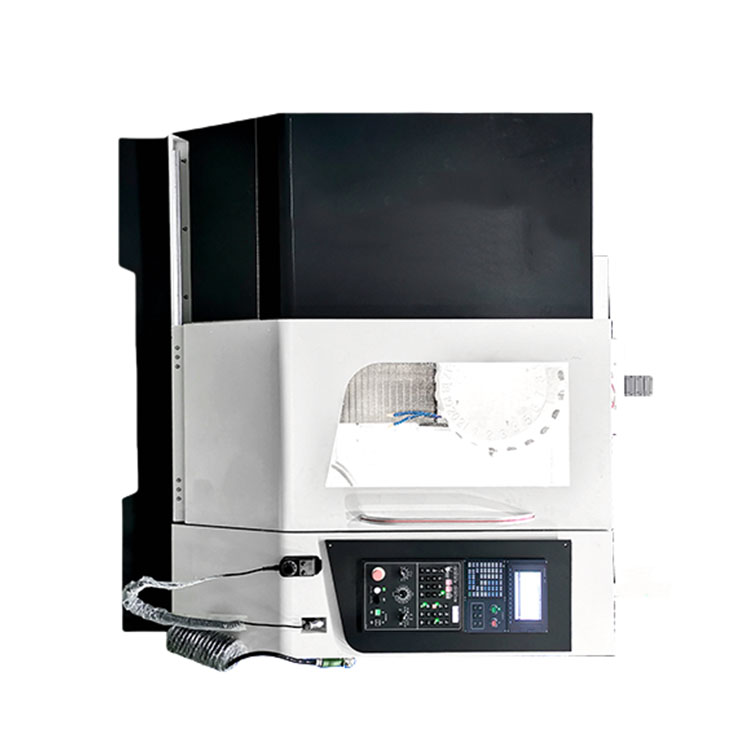 Taisin processing center for drilling and cutting threads TXT-800
Taisin processing center for drilling and cutting threads TXT-800 -
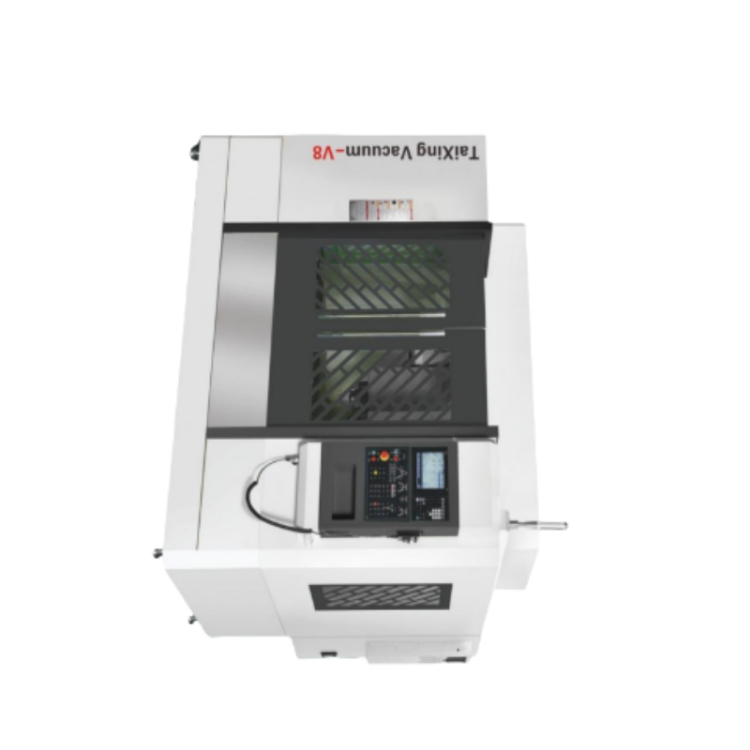 Taisin high-speed and high-precision processing center for processing parts TX-V8
Taisin high-speed and high-precision processing center for processing parts TX-V8 -
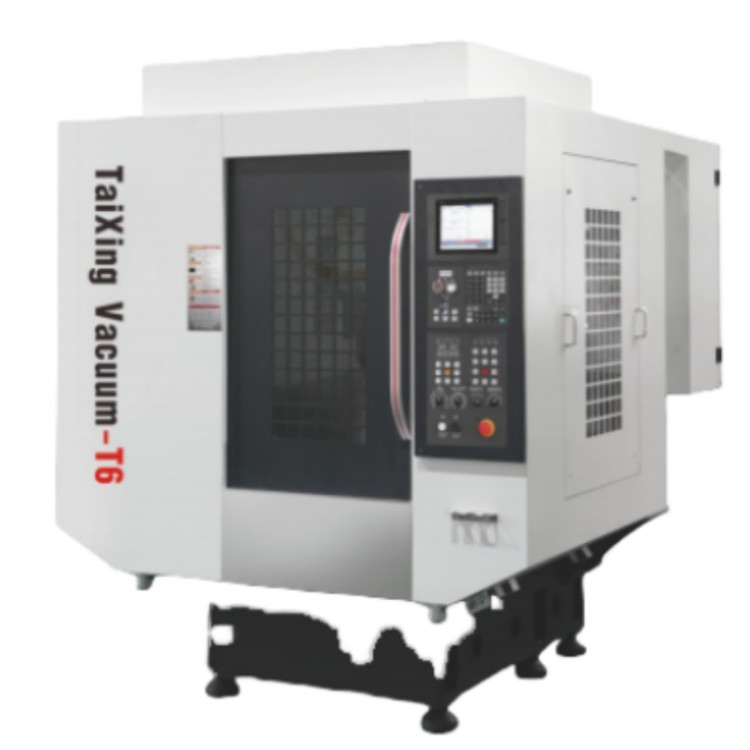 Taisin high-speed drilling and threaded machine TX-T6
Taisin high-speed drilling and threaded machine TX-T6
Connectedsearch
Related search- Biological 3D printing
- Suppliers of powder melting technology in China
- China suppliers of a 5-axis grinding machine
- Small plants for the production of 5-axis machines with CNC in China
- Cheap manufacturers of Sketchup
- Chinese manufacturers of four -coordinate CNC machines
- Blenders suppliers in China
- Cheap machines with the CNC of the XYZ Factory axis
- Cheap 3D printing manufacturers
- 3D printing factories in China
